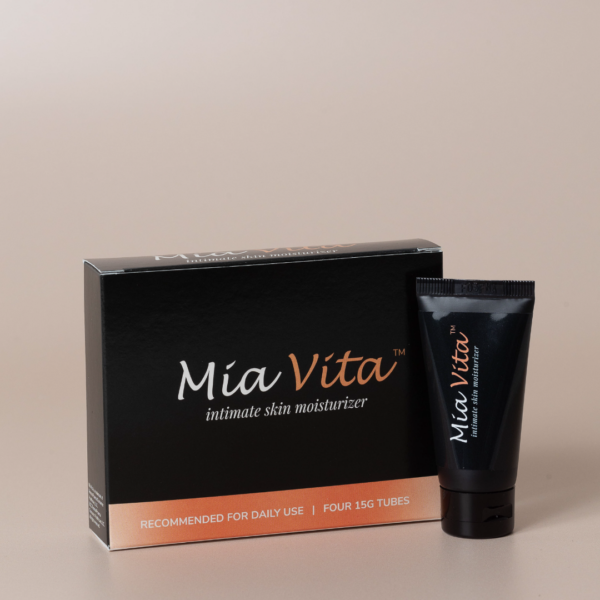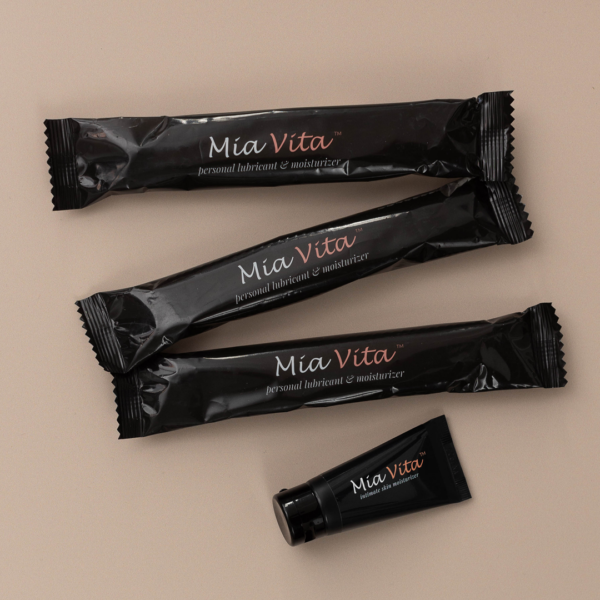
Throughout a woman’s life, her body will undergo a series of remarkable and dramatic stages of growth and development. Among the most dramatic changes are those of the vagina and vulva, which prepare women to conceive, sustain pregnancy, and deliver babies. Read on as we journey through the secret—and not so secret—life of the vagina and vulva.
Prepuberty
Most of the changes we experience as girls and women are controlled by the ebb and flow of various hormones. At birth, some of the mother’s estrogen is retained, which gives the vulva a full, pronounced appearance. As the residual estrogen declines in the first few weeks, the vulva becomes thinner. Occasionally, in about 22% of prepubertal girls, low estrogen levels, possibly combined with irritation or inflammation of the vulva, can lead to adhesions of the labia. These can cause pain with physical activity, and urine can accumulate in the fused labia, leading to urinary tract infections. Labial adhesions usually resolve on their own as a girl reaches puberty and her estrogen levels increase. During this time, around two years before the start of menstruation, the ovaries begin to mature and produce estrogen.
How puberty changes the vagina and vulva
As a girl reaches puberty, her endocrine and reproductive systems continue to mature. Estrogen, progesterone, and small amounts of testosterone from the ovaries, along with hormones from the adrenal glands, increase, prompting the rapid physical changes we know as puberty. Among these changes, pubic hair starts to grow; fat is deposited in the vulva, increasing the size of the labia, and the labia develop a wrinkled appearance; the vaginal wall thickens, the vagina, cervix, and clitoris enlarge; and the vagina begins to produce small amounts of fluid secretions. And, of course, the onset of puberty portends the beginning of menstruation.
How the vagina and vulva changes during the reproductive years
High levels of estrogen during the reproductive years help to keep the skin of the vulva and the vaginal wall thick and robust. The pH of the vagina is maintained at an acidic pH of 3.5–4.5, a similar acidity level to pickles and tomatoes, which helps discourage the growth of pathogens that could cause urinary tract infections or STIs. This acidic environment is mainly due to the presence of acid-producing bacteria, predominantly Lactobacillus species.
During pregnancy, the vagina and vulva take on a deeper color due to the increased blood volume in the body. Pregnancy hormones cause the connective tissues throughout the body to relax, including those of the vagina and vulva. The muscles in the vaginal wall enlarge to prepare for the work of labor and delivery. Progesterone levels steadily rise throughout pregnancy and make the veins in the vulva more expandable, which, combined with increased blood volume, can lead to varicose veins. About 20% of pregnant people are affected by vulvar varicosities. These usually resolve within the first few months after giving birth.
Menopause and beyond
In the perimenopausal years, as estrogen and progesterone levels begin to wane, the menstrual cycle becomes more irregular, and symptoms like vaginal dryness, graying and loss of pubic hair, and thinning of the vulva and vagina begin to occur. The pH of the vagina rises, which increases risk of irritation and infection. A condition called atrophic vaginitis, an inflammation of the vaginal wall arising from thinning and decreased elasticity of the vaginal lining and decreased vaginal secretions, is a common occurrence that affects up to 50% of post-menopausal women. Symptoms can include dryness, burning, itching, frequent urinary tract infections, vaginal spotting or discharge, and discomfort during sex. While these symptoms can be an uncomfortable fact of life post-menopause, they don’t have to ruin your life or get in the way of intimacy. A personal lubricant and vaginal moisturizer can also be used to alleviate symptoms. With regular application personal lubricants/vaginal moisturizers may also provide hydration of the vaginal mucosal surface.
FemmePharma has been helping women navigate menopause for over two decades. No matter where you are in your journey, you deserve to have knowledgeable, intimate healthcare partners to help you feel your best. Explore our other articles, podcast episodes with women’s health experts, and products to ease your transition into menopause.


